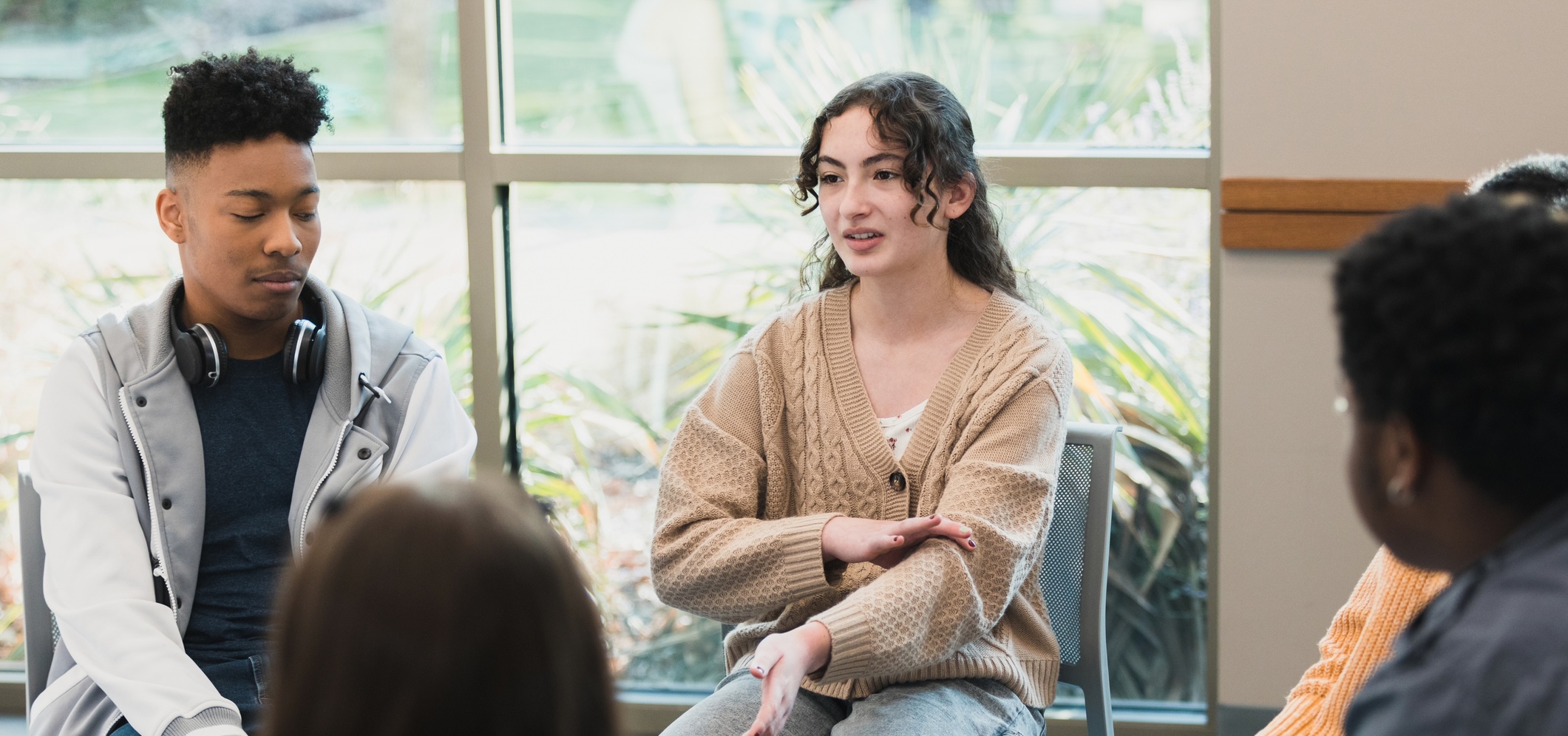Co-authored by Rachel M. Askew, Senior Advisor of Strategic Coordination, Cities United, Portland, OR
As we advance the work we do as city leaders, how we engage our younger population will dictate the future of our cities. How our initiatives are received at this moment, what the next generation will inherit and how they see themselves in the process, will all impact the effectiveness of our efforts to improve our cities.
Too often, youth engagement is treated as symbolic, an occasional seat at the table or a press release with their names attached. True engagement requires going beyond tokenism to create spaces where young people’s lived experiences, creativity and aspirations directly shape decision-making.
They view their city through a different lens than policymakers, but one that is just as real and valid. Young people have experienced your community in a way that adults cannot speak to, and they provide a unique perspective that is invaluable and vital to building strategies, just as you have had a different experience and historical context that informs your decisions. How we merge these areas of expertise is how we create a more well-rounded and comprehensive approach to the work we do as city leaders.
Young people bring urgency and vision. Our role as elders, city leaders and partners is to listen, invest and evolve alongside them.
They will one day be responsible for the advancement of the city, which is why it is critical to build pipelines and pathways for the next generation of city leaders.
The authors of this piece, Emanuel Milton (NLC) and Rachel Askew (Cities United), have experienced firsthand how meaningful youth engagement shapes both personal leadership journeys and community impact. Cities United launched a Young Leader Fellowship that began in 2018 with the vision of building a pipeline of leaders committed to ensuring all children grow up in safe, healthy and hopeful communities, while reducing the homicide and shooting rates of Black men and boys. This participation led them to serve as board members and staff at Cities United, a testament to what happens when young leader engagement is done well and with integrity.
This article is both a reflection and a call to action for true partners in violence prevention and community transformation.
7 Strategies for Cities to Increase Meaningful Youth Engagement for Violence Reduction
- Center the voices and experiences of young people most directly impacted by violence. These are your experts. There may be barriers to engage this population, but it is vital to the success of your initiatives to center them. Our “7 Tips” below will help you meet with these youth effectively.
- Include youth in the creation of events in ways that go beyond giving opening remarks.
- Establish advisory boards with real influence over policy and programs.
- Invite youth into existing meetings where strategy is shaped, not just into youth-only spaces.
- Diversify communication outlets, as a press release alone won’t reach them. Use social media, peer networks and creative storytelling.
- Connect young people with their professional goals and opportunities to grow. Provide educational opportunities that equip them to navigate systems and advocate effectively. Nourish relationships with organizations and businesses aligned with their vision and aspirations.
- Integrate youth as facilitators and participants into existing programs such as:
- Town halls
- Commissions, committees and work groups
7 Tips for Effective Engagement
- Listen first. Before asking young people to “take action,” start with listening. Host listening sessions, not just to check a box, but to genuinely understand their perspective.
- Transparency. Share openly about what’s possible, what’s not and how decisions will be made. Young people value honesty more than polished promises.
- Compensate and invest. Fund their ideas and their time. There is no shortage of solutions from young people, only a shortage of investment in them.
- Accessibility. Consider barriers that prevent young people from showing up, such as transportation, scheduling and technology. Go to where they are when possible.
- Value add. Engagement should not be extractive. Ask yourself: What do young people gain by participating? Provide education, mentorship, skill development, connections and compensation.
- Evolve. Be willing to evolve as young people push you to reimagine what safety, justice and leadership look like.
- Early and often. Involve young people from the start of planning processes, not as an afterthought. Engage more than just two token representatives; bring together a diverse group throughout.
Young people are absolutely essential to sustainable public safety strategies that address the root causes of violence in every community where they are impacted.
The future of safe, healthy and hopeful communities depends on the wisdom, energy and leadership of young people.
Our responsibility is to make sure they are not just invited to the table, but empowered to build it alongside us.
Other Resources
Cities United equips cities across the country with resources and tools to build comprehensive violence reduction and prevention strategies. Youth engagement is essential in their approach.
National Network for Community Engagement is launching a platform with resources to further advance the field of community engagement across all sectors.











